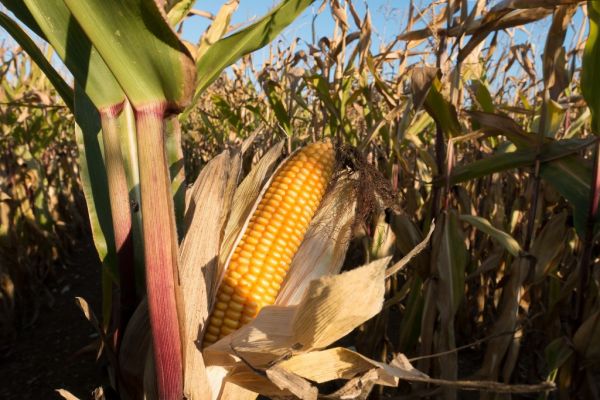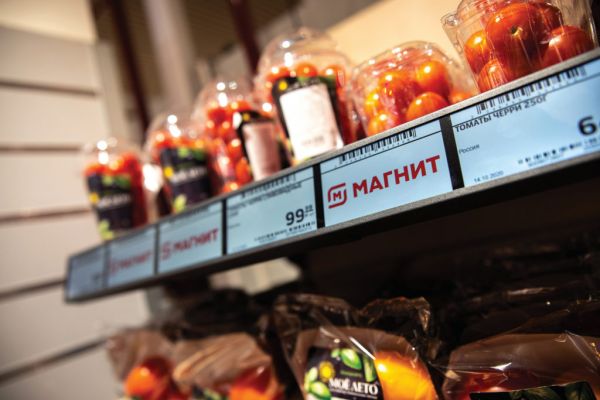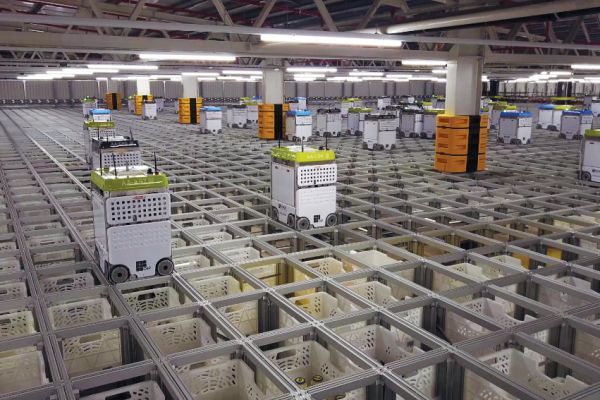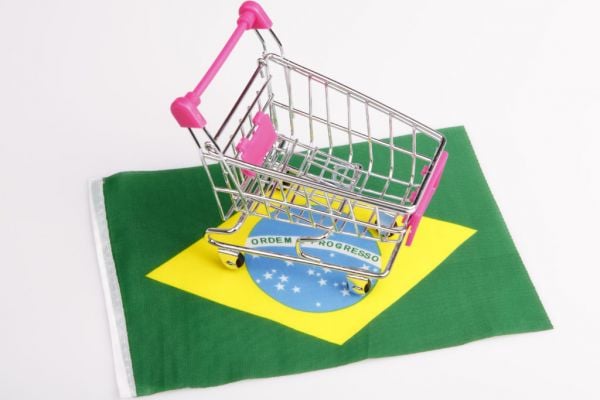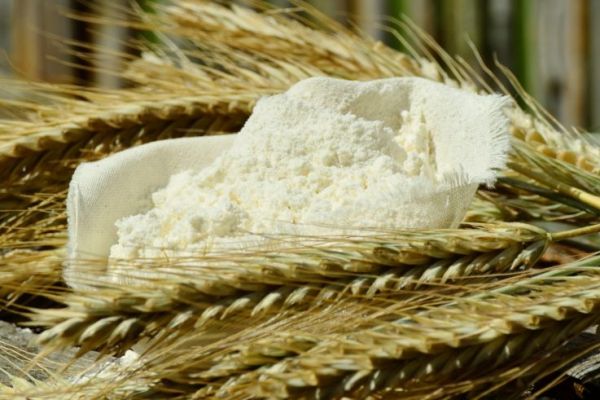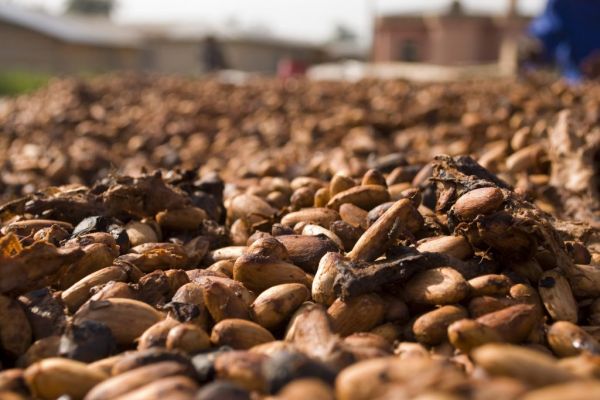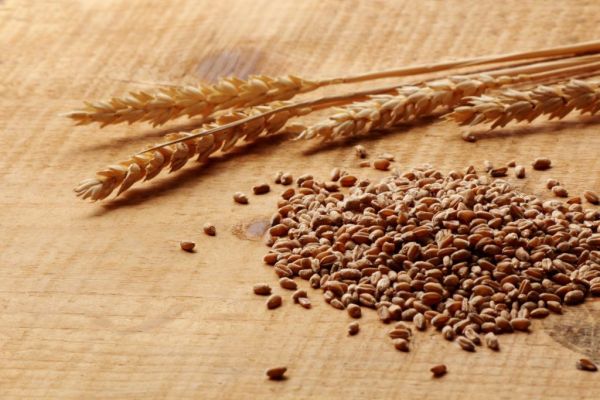Brazil and China are in talks to boost corn trade between the two nations, though raising exports to the Asian nation at this time is unfeasible due to inter-harvest supply shortages, Abramilho, a corn producers association, said.
Only a fraction of Brazil's corn sales went to China last year, or 68,550 tonnes, according to Brazilian government data.
Total exports were 42.7 million tonnes in the period. By comparison, China bought almost 80% of Brazil's soy, or 58 million tonnes last year.
On Tuesday, Bloomberg reported that Brazil was close to an agreement that would allow the nation to boost sales of the cereal to China, which needs it to feed a growing hog herd.
Corn Trade
About two months ago, Abramilho officials attended a meeting with Chinese importers and authorities to discuss corn trade, Cesario Ramalho, the association's president, said by telephone.
At the time, Brazilian agriculture minister Tereza Cristina Dias told Chinese representatives that she was committed to taking measures that would allow Brazil to boost corn exports to China.
"We don't need to rush to sell, there is no corn to sell," Ramalho said. "Folks go crazy over China's buying interest, but thank God we export to multiple clients like Japan, Iran and the European Union."
Brazil's agriculture ministry did not have an immediate comment. Anec, which represents grain exporters, declined to comment.
Abramilho said the measures to facilitate the corn trade with China would be relatively simple to introduce, explaining that the Chinese are concerned about a certain type of weed, which could be eliminated with the use herbicides.
Two Large Corn Crops
Brazil plants two large corn crops per year and should collect a total of more than 102 million tonnes this season, according to government estimates.
The bulk of the corn is collected around the middle of the year, when farmers reap their second crop.
